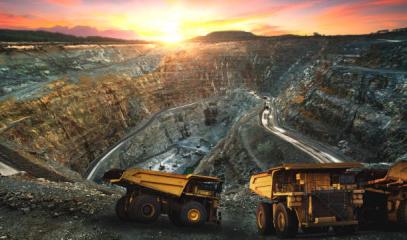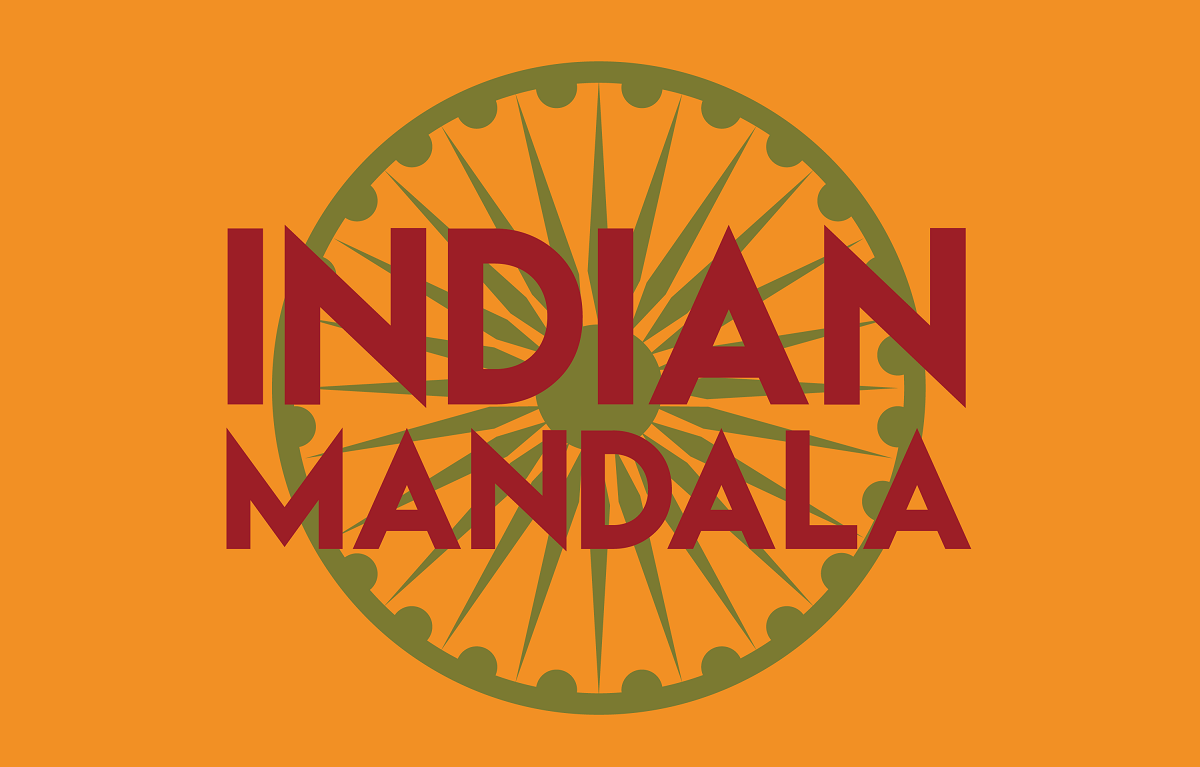Highs (and lows) of Kazakhstan's economic boom
The mining industry is the main contributor to growth, but positive indicators are also being recorded in the transport sector. Analysts forecast a 5.6% increase in GDP by the end of the year. However, experts believe that “the model remains vulnerable, overly dependent on raw materials and subsidies, and lacks stability”. Wage and pension growth ‘eaten up’ by inflation.
Moscow (AsiaNews) - Kazakhstan's economy shows signs of growth, with a 6.4% increase in GDP in the first ten months of 2025 compared to the same period last year, but according to analysts this is not enough to improve the conditions of a large part of the population, which remains on the poverty line. In general, the Kazakh economy is based on raw materials, state subsidies and credit lines, as noted by experts consulted by Orda.kz.
Kazakh analysts at Halyk Finance have recently released a report noting that the country's economy is accelerating compared to the first months of the year, according to short-term indicators that project +9.1% for key sectors, although this is lower than the 9.6% recorded in August.
The main contribution to growth comes from the mining industry, primarily oil extraction, while overall production is slowing to 5.8% compared to 6.2% in the previous month, especially in the machinery, metal and food sectors, as explained by chief analyst Saltanat Igenbekova. Wholesale trade grew by more than 9%, which is quite surprising given the real incomes of the population and the decline in consumer credit.
The sector with the most significant growth was transport, up 20.7%, although there was some slowdown in this area too, especially in gas pipeline flows and rail transport.
Construction adds 15.1%, thanks to support from state infrastructure projects, while in communications, growth is only 4%, relating to internet services, but investment is down, at 13.5% compared to 14.3% in August. Igenbekova believes that fiscal stimulus, without new injections from the National Fund, will fail to have a positive effect.
The Kazakh economy is facing the effects of last year's high tax base, and analysts' forecast for the end of the year is for overall GDP growth of 5.6%, despite state bodies remaining committed to 6%.
According to the expert, “the economic model remains vulnerable, too dependent on raw materials and subsidies, and therefore lacks stability in conditions of great external pressure and changes in the global pricing system”.
Wage and pension growth is being “eaten up” by persistently high inflation, and consumption is being sustained by the expansion of the credit system; food expenditure has reached 52.5% of the average household budget, a sign of the impoverishment of the population, which could slide further downwards.
The International Monetary Fund has announced that Kazakhstan's GDP per capita will exceed that of Russia and China, reaching ,770, but this does not reflect real incomes, as it is based solely on corporate earnings and budget expenditure. Most Kazakhs are unable to feel the effects of this, as the main flow of money remains in the raw materials and finance sectors.
Kazakhstan is the most important economy in Central Asia as a whole, even compared to the more populous Uzbekistan, due to its resources and strategic position for all transport and trade routes.
One of the recent problems is the difficulty in regulating traffic coming from China and heading towards Russia, with endless queues of lorries at the borders to check that huge quantities of “grey materials” are not being allowed through or sanctions are being circumvented.
However, the main problem remains the fair distribution of profits, which are traditionally hoarded by oligarchic clans without supporting the mass of the population, especially in the northern and eastern regions, which are poorer in resources.
21/08/2008
23/08/2011








.png)










